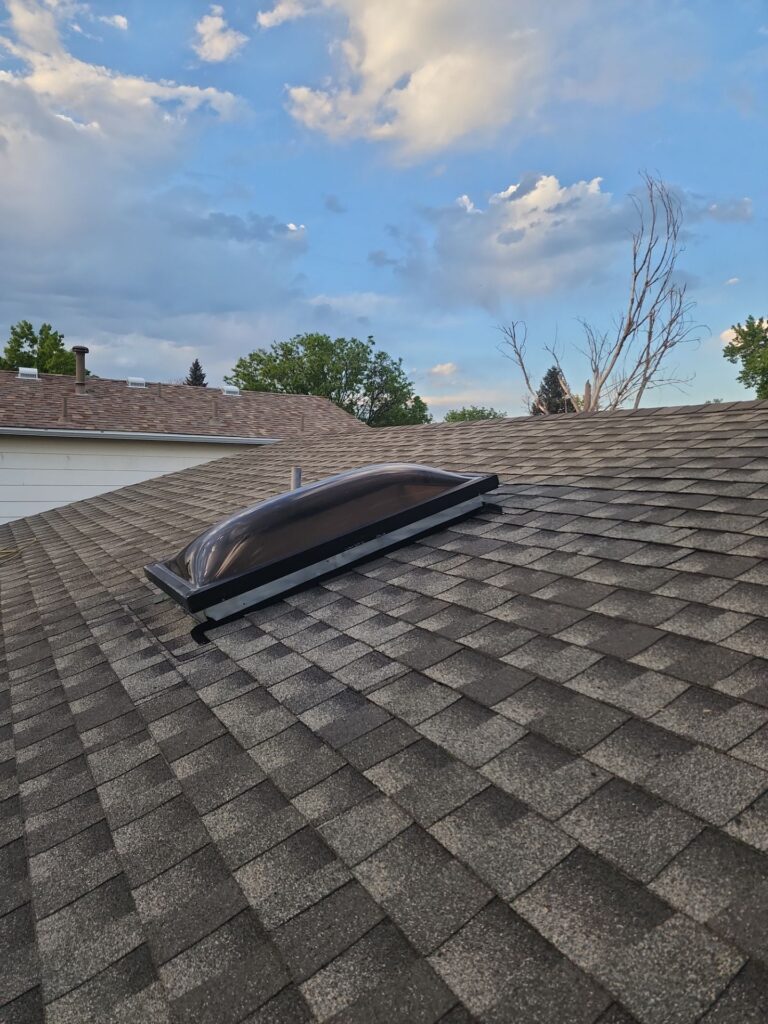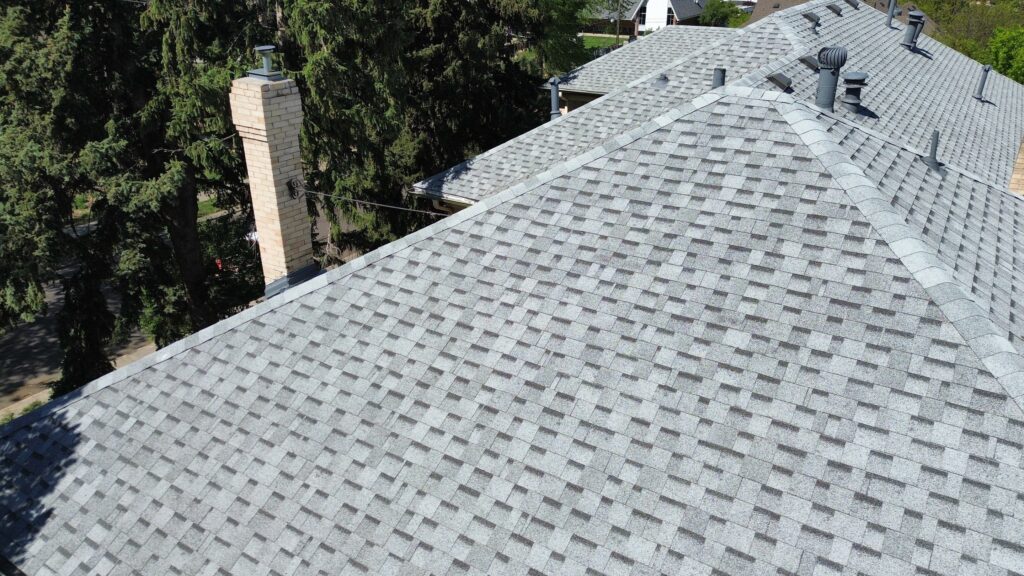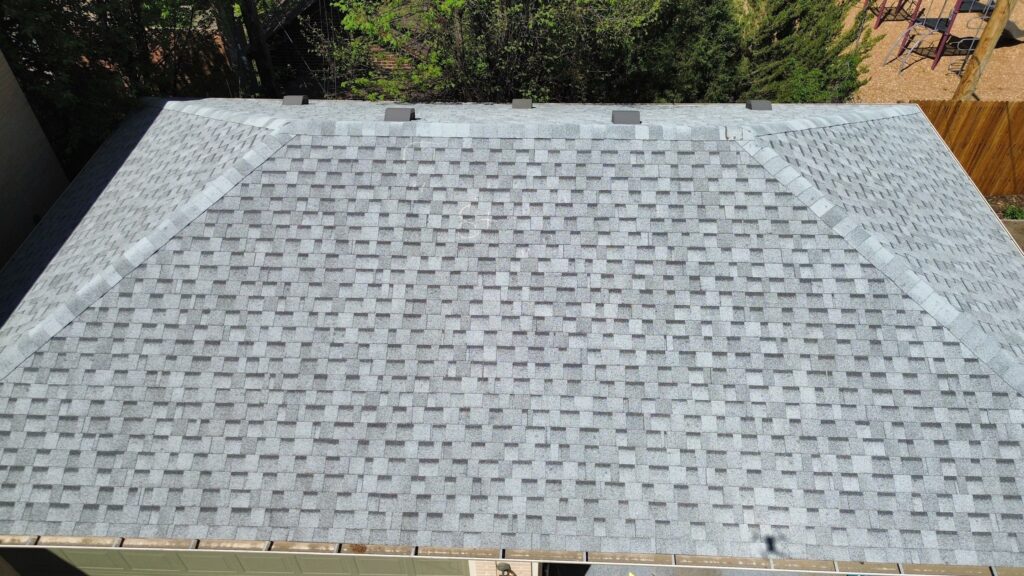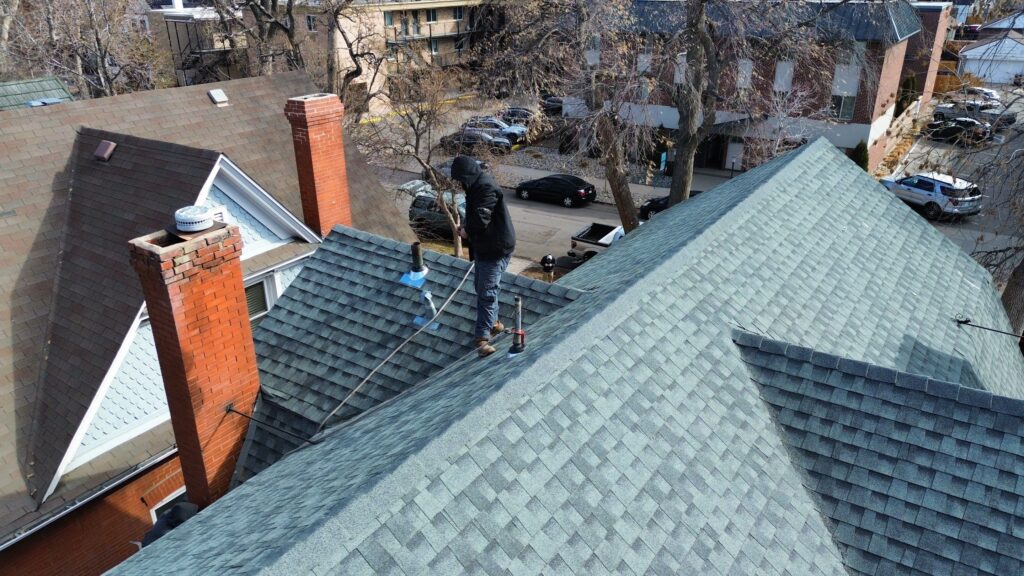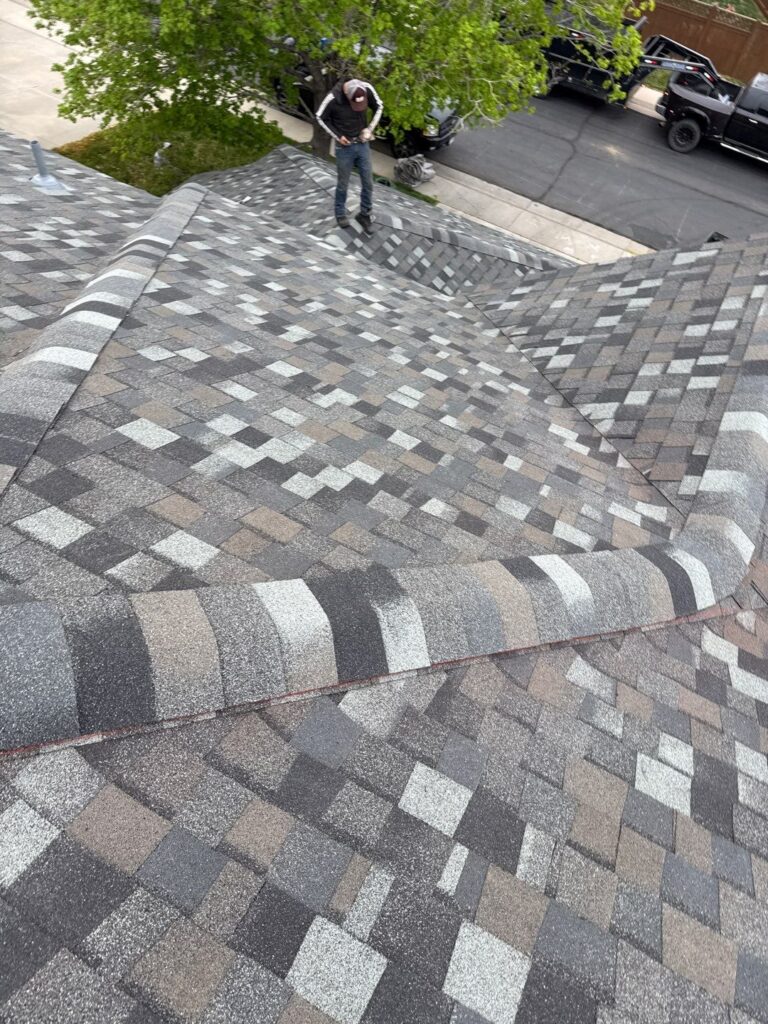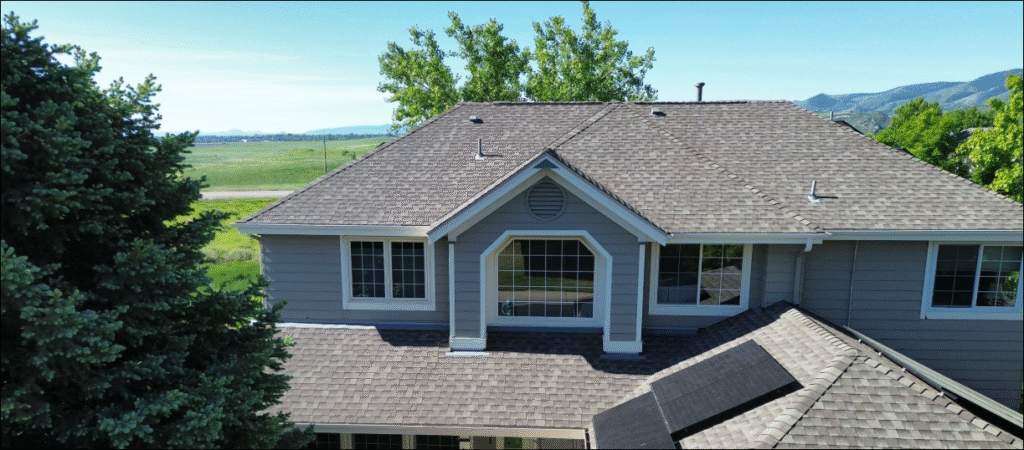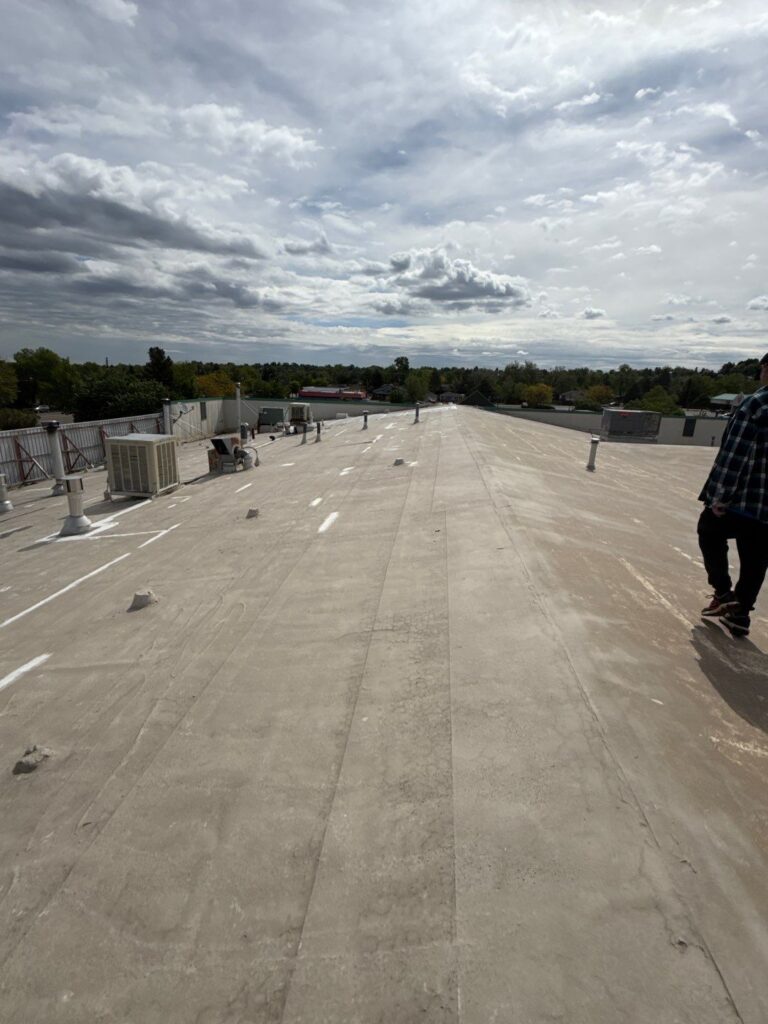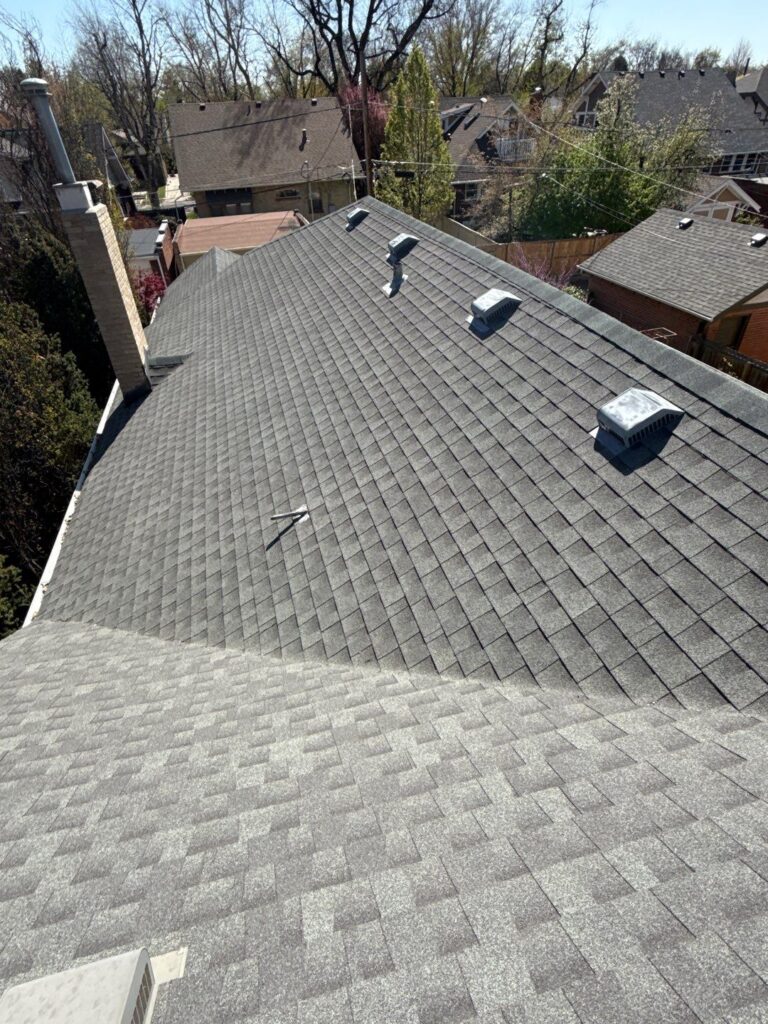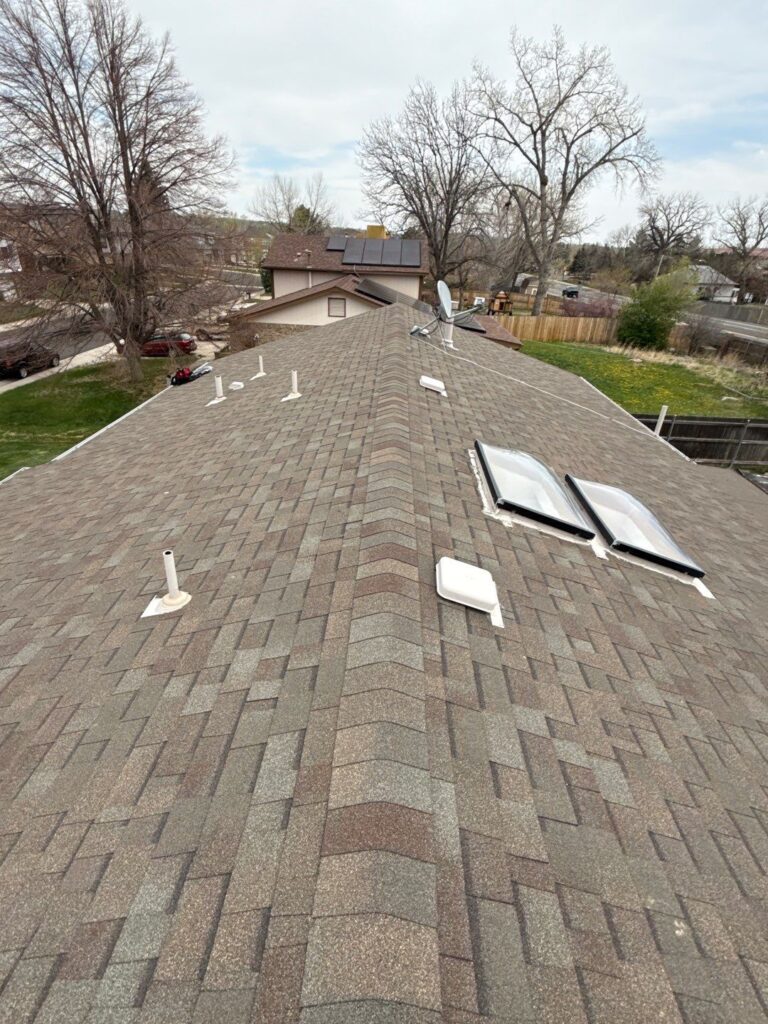How Large Does Hail Need to Be to Cause Roof Damage?
Understanding the Relationship Between Hail Size and Roof Damage
We assess roofing damage in Denver with a focus on measurable factors such as hailstone size, storm intensity, and material vulnerabilities. Hailstones vary significantly in size, ranging from a quarter of an inch to over four inches in diameter. As a rule, any hailstone one inch or larger has the potential to compromise the structural integrity of roofing materials, especially asphalt shingles, tile, and metal roofing.
Roofs are most susceptible to damage when hail strikes at high velocity, which is common during severe thunderstorms prevalent in Denver’s hail season from mid-April through late August. Damage can appear as bruising, granule loss, cracking, and even puncturing of shingles and underlayment, leading to long-term issues such as water leaks and insulation deterioration.
Key Factors That Influence Hail Impact Severity
1. Size of the Hailstone
The correlation between hail size and roof damage is direct: the larger the stone, the greater the impact force. Here’s a breakdown of hailstone sizes and their typical effects:
- ¼ inch (Pea-sized): Minimal risk; only a threat if persistent over time.
- ¾ inch (Penny-sized): May begin to strip granules from shingles.
- 1 inch (Quarter-sized): Considered the threshold for property damage.
- 1.5 inches and above: Capable of shattering tiles, denting metal, and tearing asphalt shingles.
The onset of serious damage generally starts with hail that matches or exceeds the size of a quarter. In Denver, this size of hail is not uncommon during peak storm months, making routine roof inspections essential.
2. Storm Duration and Frequency
Even relatively small hailstones can become problematic when combined with long exposure times. Extended hailstorms lasting ten minutes or more may cause significant wear on roofing materials. Additionally, repeated storms in a single season—common in Denver—compound damage, weakening the roofing system over time and making it more vulnerable to subsequent hail events.
3. Terminal Velocity and Wind Conditions
The velocity at which hailstones fall, known as terminal velocity, significantly enhances their destructive potential. In Denver, wind speeds commonly range between 10 to 16 km/h, but gusts during a storm can far exceed that. High wind speeds increase the angle and force of hail impact, driving even smaller stones into vulnerable areas of the roof such as ridges, valleys, and flashing edges.
Coupled with Denver’s varied topography and elevation shifts, hailstorms in the region often become amplified by terrain-induced wind acceleration, making professional assessment after major hail events critical.
4. Roof Age and Material Type
Older roofs or those made with less durable materials are inherently more susceptible to hail damage. Asphalt shingles nearing the end of their lifespan may already have brittle surfaces and granule loss, which makes them more prone to bruising and fracturing.
Metal roofs, while more resistant to penetration, can still suffer from cosmetic denting, especially when struck by large hailstones. Tile roofs can crack or dislodge, leading to exposure of the underlayment and eventual water ingress. Regular maintenance and timely replacement are key to minimizing vulnerability.
Signs Your Roof Has Been Damaged by Hail
Visual signs of hail damage can range from subtle to severe. The following indicators warrant immediate inspection and potential roof repair:
- Dents or divots on metal flashing and gutters
- Granule accumulation in gutters or downspouts
- Soft spots or bruising on shingles that feel spongy underfoot
- Cracks in slate or tile roofing
- Punctures or exposed underlayment in extreme cases
If any of these signs are present after a storm, it is advisable to contact a trusted roofing company for a full inspection and documentation for insurance purposes.
Best Time to Schedule a Roof Inspection in Denver
Due to Denver’s unique climate, including its well-known hail season, the best time to inspect or prepare your roof is early spring. By evaluating the roof’s condition before the season begins, property owners can identify weak spots and reinforce vulnerable areas.
Preventive measures such as installing impact-resistant shingles and reinforcing flashing can significantly reduce the risk of hail-related damage. Denver roofing contractors are especially well-versed in proactive maintenance practices that align with the city’s storm trends.
Choosing the Right Roofing Partner After a Hailstorm
In the aftermath of a damaging hailstorm, prompt action is critical. Roofing companies in Denver Colorado with a proven track record in hail damage restoration should be prioritized. Look for contractors with local experience, proper licensing, and verifiable insurance claims assistance.
Tried and True Roofing stands as a reliable option for residential and commercial clients in need of expert hail damage assessments and repairs. Their extensive knowledge of local weather patterns ensures clients receive tailored, high-quality roofing solutions.
CONCLUSION
Hailstones measuring one inch or more represent a significant threat to roofs across Denver. The combination of high wind speeds, storm frequency, and variable topography only exacerbates this risk. By understanding hailstone characteristics and their impact on different roofing materials, property owners can better prepare for and respond to storm events. Timely inspections, quality materials, and choosing a reputable Denver roofer are essential steps toward safeguarding properties against hail damage.
How Large Does Hail Need to Be to Cause Roof Damage? Read More »



